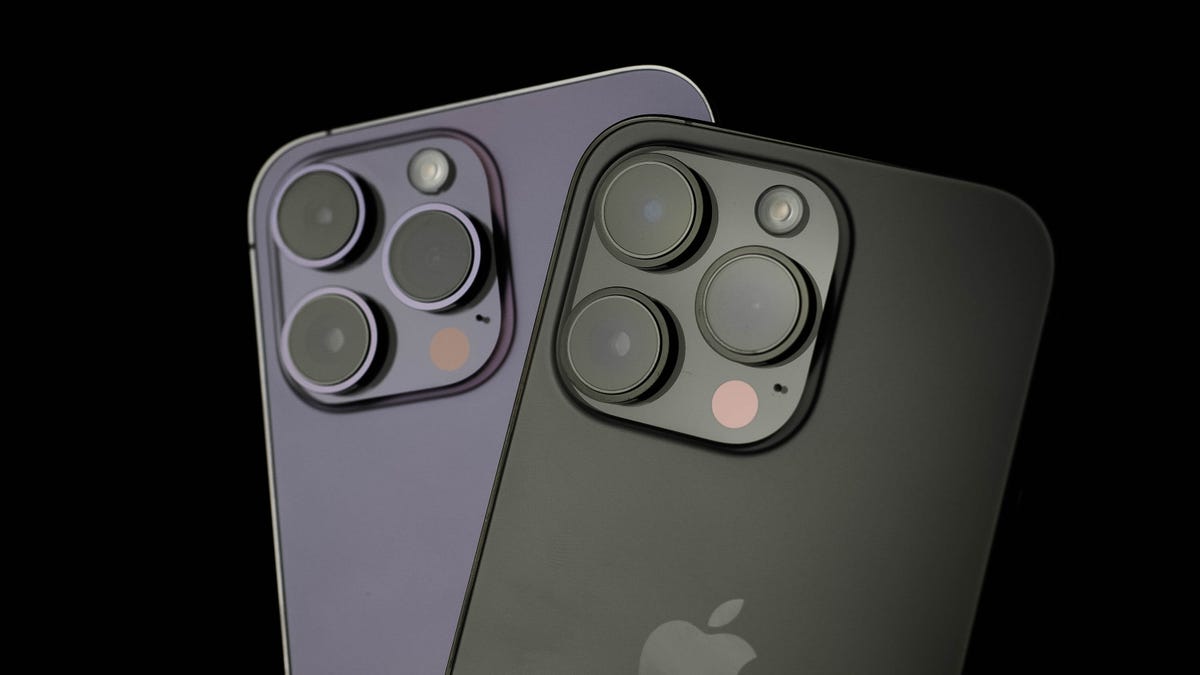The iPhone’s always-on display, which debuted with the iPhone 14 Pro and continues with the iPhone 15 Pro and 15 Pro Max, was a big change for those used to seeing a completely black screen when locking their screen. Now, with AOD, you can always see what’s going on on your display, even when it’s “dimmed.”

The addition of the always-on display for the iPhone is a welcome feature for some, as it provides glanceable information without having to pick up the phone and unlock it. You can simply glance over at your phone and check out the time or any important notifications you might have.
However, if that’s not what you want, and you instead just want a completely dark screen when your phone is placed down, there’s a setting you can turn off to go back to how things used to be.
For more tech tips, check out how to properly clean your MacBook and Google’s Circle to Search comes to the iPhone, sorta.

Only the iPhone 14 Pro, iPhone 14 Pro Max, iPhone 15 Pro and iPhone 15 Pro Max have the AOD.
The always-on display on iOS does temporarily turn itself off, but it depends…
Despite its name, the AOD will occasionally shut off. Apple has a list of instances when the display is turned completely off to conserve battery:
- Your iPhone is face down
- Your iPhone is in your pocket or bag
- Your iPhone is connected to CarPlay
- Your iPhone is connected to your Apple Watch and you walk away
- Your iPhone is idle for a while (according to Apple, your iPhone learns your patterns and turns the AOD off automatically)
- Sleep Focus is enabled
- Low Power Mode is enabled
- You’re using a Continuity Camera
How to permanently turn off the always-on display on your iPhone
While all of the situations listed above will turn off the AOD temporarily, there is a way to manually and completely turn off the always-on display on the iPhone if you’re not a fan.
In the Settings application, go to Display & Brightness, scroll down to the bottom and go into Always On Display. To turn off AOD, toggle off Always On Display. If you don’t want to fully disable always-on display, but want to limit it, you can hide your wallpaper or notifications, or both, but keep AOD enabled.

Go to Settings, then Display & Brightness to turn off the AOD.
For more tech tips, check out how to take a screenshot on any iPhone or Android phone and how to improve reception on your phone.




















+ There are no comments
Add yours